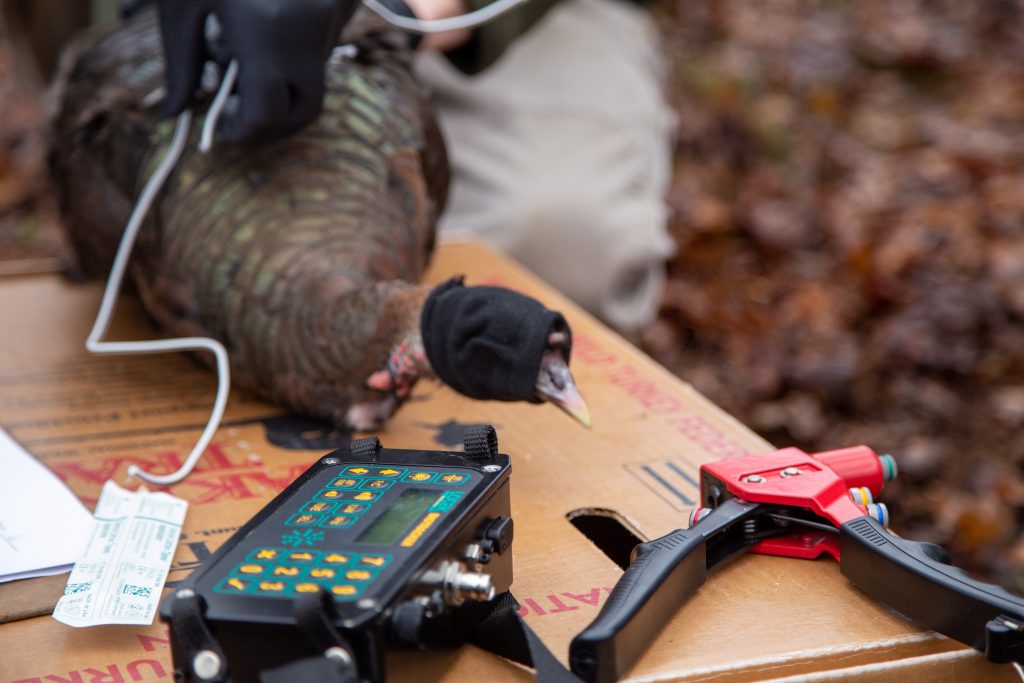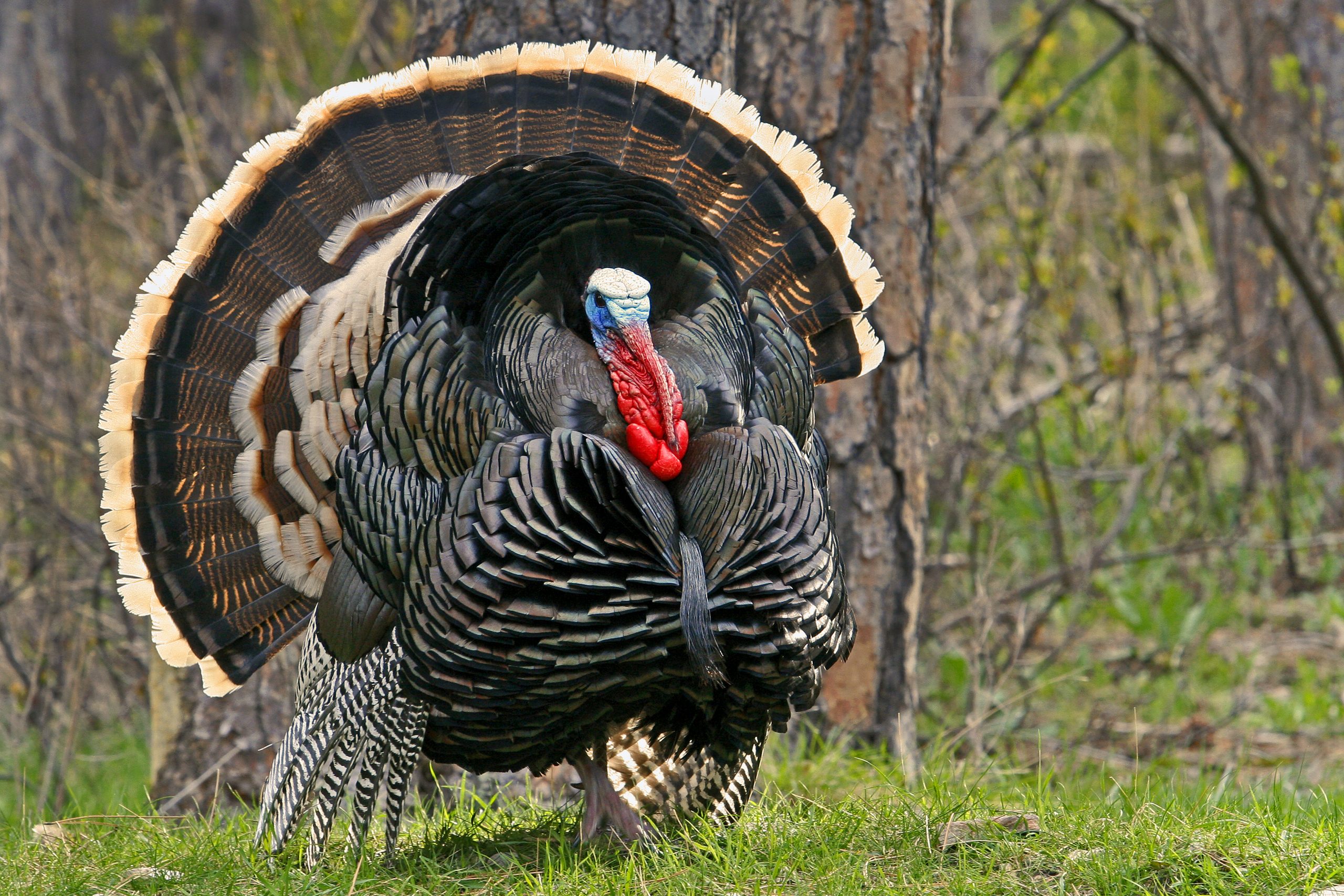Unprecedented Wild Turkey Study Underway in Peace Garden State
To aid in the nuisance complaints, the department captures and relocates about 200 birds every year and places them on state WMA’s, a win for ranchers and hunters alike. Researchers will study the underpinnings of this unique program while also gathering other insightful information.
The NWTF is helping fund the most thorough wild turkey ecology study in North Dakota to date. The new, multipronged research project — led by the University of North Dakota and the North Dakota Game and Fish Department — seeks to better understand the survival and productivity of North Dakota hens as part of the NDGFD’s translocation program.
“We are excited to partner with the North Dakota Game and Fish and the NWTF to be able to evaluate female turkey demographics in North Dakota in what will be the most intense study of turkey survival, movement and reproduction done in the state,” said Susan Ellis-Felege, Ph.D., UND professor of wildlife ecology and management and project lead for the study.
Year after year, the NDGFD receives calls from farmers about nuisance wild turkeys, including places such as livestock feedlots and even urban areas. These calls are especially widespread during years when harsh winters make forage for birds scarce.
To aid in the nuisance complaints, the department captures and relocates about 200 birds every year and places them on state WMA’s, a win for ranchers and hunters alike. Researchers will study the underpinnings of this unique program while also gathering other insightful information.
Translocating birds across state lines was the primary driver in the wild turkey’s remarkable restoration story throughout the latter end of the 20th century and has been thoroughly studied. However, translocating nuisance birds across North Dakota is a more recent endeavor that is not well-documented and still poses many unanswered questions about how birds respond to being moved to a new habitat.
For instance, how do survival rates compare between translocated females to non-translocated females? Does nest survival differ between translocated turkeys and non-translocated turkeys? Or, how far do translocated turkeys move once released in a new area? These questions and more are at the heart of this new study.
For each of the two years of the research project, researchers and field technicians will capture 90 wild turkeys (180 total) and attach them with GPS-VHS transmitters. These devices will be attached to both nuisance birds and control birds (birds that are captured and released in the same area).

In addition, all captured birds will receive an aluminum leg band with NDGFD reporting information and will be aged, sexed, swabbed and have blood samples taken. Researchers will use this information to screen for evidence of exposure or infection to many diseases and pathogens and will overall help assess the study population's health.
Once released at the translocation site or the control site, wild turkeys will send a signal back to researchers every two hours to provide their location. While all the movement data will be useful, researchers will examine critical times — such as the first 30 days after release, during nesting season or during harsh weather conditions — with particular emphasis.
They will then compare the survival, reproduction and movement of both nuisance and control birds, revealing what the overall impacts of translocating wild turkeys in North Dakota are.
The findings of this project will ultimately help the department optimize its translocation program, which is a win across the board, benefitting ranchers, turkeys and improving hunter satisfaction on WMAs
“No information on turkey survival and limited information on productivity in North Dakota exists,” said Rodney Gross, NDGFD’s upland game biologist. “The findings from this research will aid North Dakota Game and Fish Department biologists in management decisions for future turkey translocations and hunting seasons.”
This project is one of seven new research projects the NWTF is funding. At the 12th National Wild Turkey Symposium, the NWTF announced its new $360,000 investment into wild turkey research.
In addition to the recent investment, the organization further illustrated the importance of research by committing to hold the 13th National Wild Turkey Symposium in 2025. The symposium is usually held every five years, but the NWTF is working to fast-track the meeting of researchers and managers to turn the tide of population declines.
